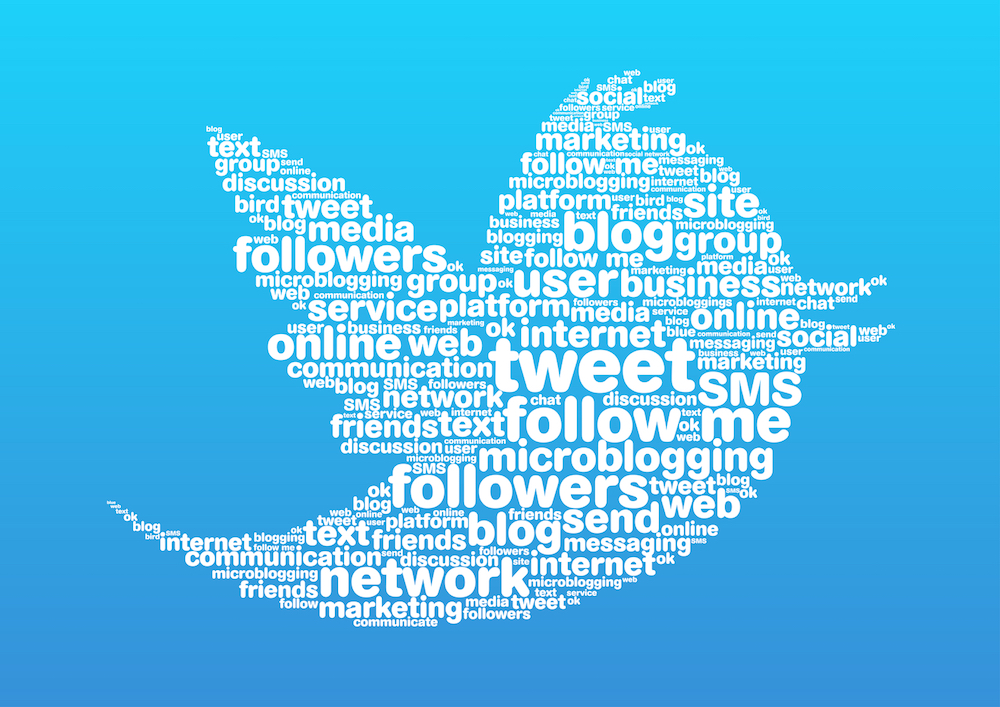Social media marketing is ever more popular and ever more essential in the twenty-first century, with brands around the world utilising content strategists to connect with target audiences. Still, content marketing can require a complex approach and finding success can be a challenge. By following these six steps, companies can position themselves in the best place to reap rewards by establishing an effective social media marketing campaign.
Understand your consumer base
It is vital for firms to analyse and understand their target audience if they are going to create the right content and connect with potential customers. Consumer bases need to be broken down into segments and businesses need to think about the journey towards a specific product. In general, there are normally three steps to the sales funnel preceding customer acquisition. Therefore, it is essential to know what people want and why they want it.
Decide how to use social media
It’s all well and good taking to social media to connect with customers, but it is important for brands to identify why they are using these platforms. Is it to build brand awareness, provide product education or something else?
Building the community is important and content marketing plans can be dedicated to growing a consumer base of like-minded individuals who align themselves with a brand’s goals, ethics and mantras. Brand awareness is also a good strategy and, in many cases, this can be platform specific. For example, Twitter users will want to analyse data like impressions, new followers, follower count and profile visits. Social media can also be used to effectively boost engagement.
Use the right platform
Though companies might be keen to access every social media platform at once, there are considerable variations between channels, so it is wise to do some research first. For example, a consumer base might be more active on Pinterest than Twitter.
Facebook is the most widely used social media platform and it offers brands a wide variety of opportunities, including live streaming, advertising and the ability to add emojis to content. Twitter, meanwhile, has a very active portion of users, whilst Instagram is expected to go from strength to strength.
Topic research
Having decided which social media platforms are to be used, brands need to begin planning topics for content marketing strategies. Priorities should be placed upon curating relevant, unique and specific posts that will offer value and resonate with any given target audience. Polls can be conducted to establish what consumers are looking for, whilst analysing website data can reveal the topics of most interest to people.
Content calendars
Content calendars should not be forgotten or pushed to the side as unnecessary. Once the first blog post has been produced, it is important to concentration on industry-focused topics consistently and regularly to keep customers coming back for more.
Trust building
Building consumer trust is essential if people are to be nurtured and coverted into followers and, as a result, customers. Potential customers need to be engaged long-term through social media and two-way conversations are great for making individuals feel at ease with a brand. Research suggests it takes eight points of contact with a consumer, at minimum, to gain a sale, and social media can significantly facilitate this engagement.
Following these steps can help unlock the potential of social media and take content marketing to the next level.






